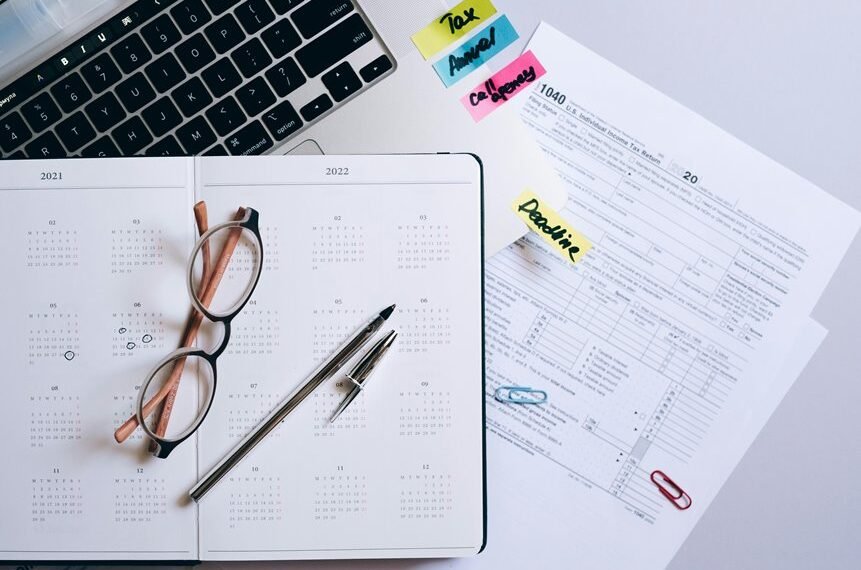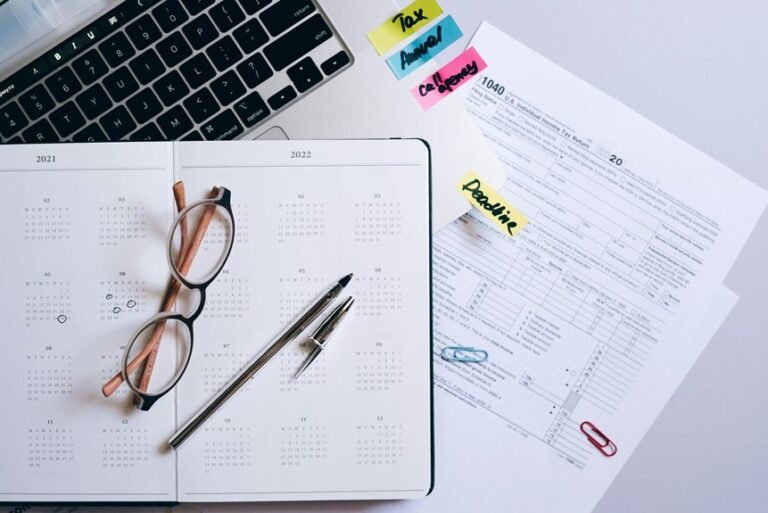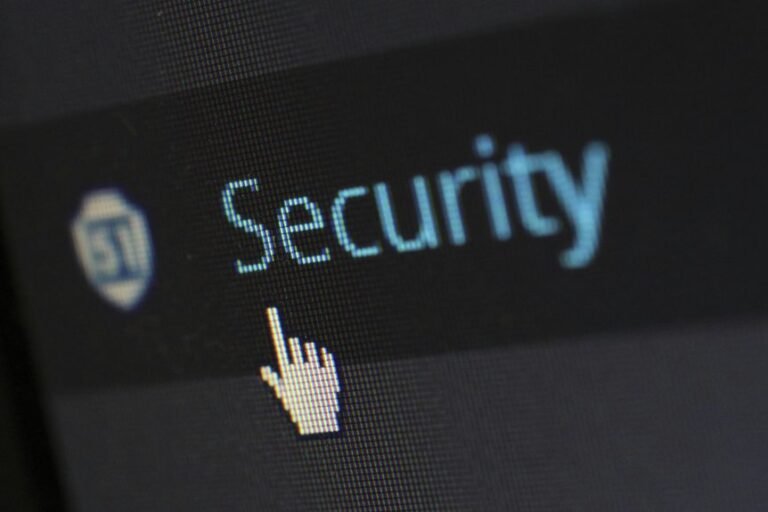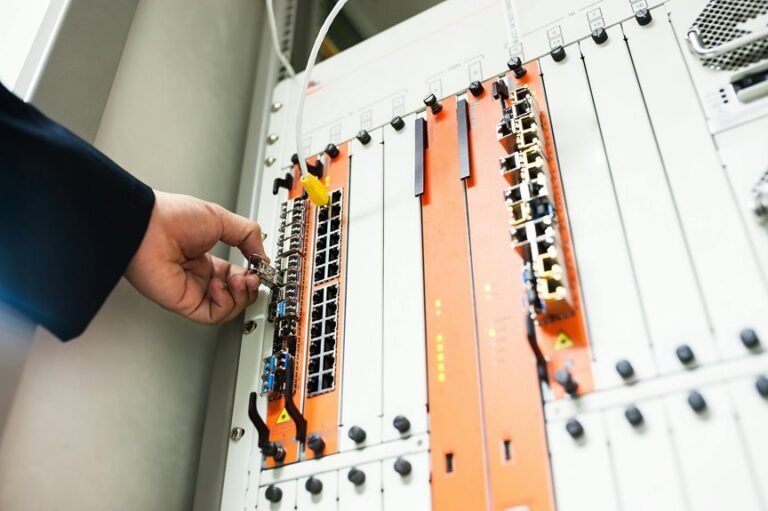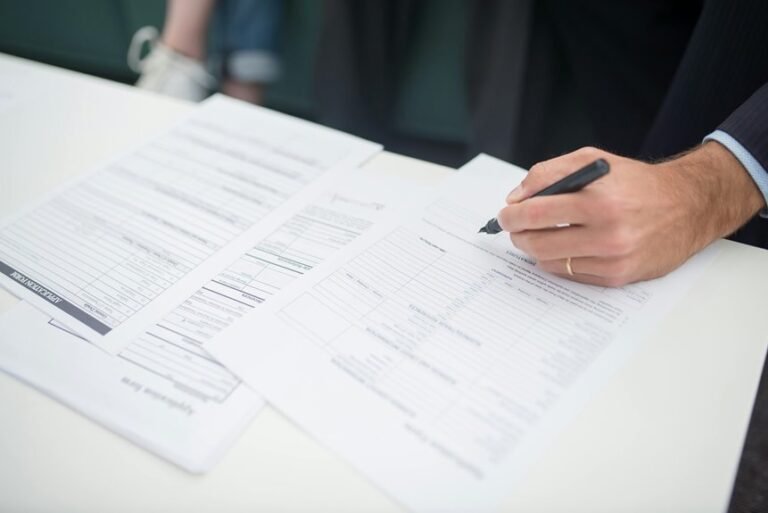In the realm of digital communications, the Digital Signal Authentication Compliance Office serves as a fortress against potential breaches. Your understanding of its role is essential for maintaining data integrity and security. As you navigate the complexities of compliance frameworks, consider the challenges that arise in upholding signal authentication standards. What strategies can you implement to ensure your communications remain authentic and secure?
The Importance of Digital Signal Authentication
As digital communication becomes increasingly integral to daily operations, understanding the importance of digital signal authentication is crucial for maintaining data integrity and security.
Role of the Compliance Office in Digital Security
Effective governance in digital security hinges on the pivotal role of the compliance office.
You ensure adherence to compliance frameworks and security regulations, safeguarding your organization against potential breaches.
By evaluating policies, conducting audits, and providing guidance, you foster a culture of accountability.
Your efforts not only protect sensitive data but also empower individuals within the organization to operate within a secure environment.
Challenges in Maintaining Signal Authentication Standards
While organizations strive to uphold signal authentication standards, they often face numerous challenges that can compromise their efforts.
Maintaining signal integrity is critical, yet technology advancements can introduce vulnerabilities. Adapting to new technologies requires constant vigilance and resources, as outdated systems may not support evolving standards.
Balancing innovation with compliance remains a daunting task, impacting the effectiveness of signal authentication initiatives.
Best Practices for Ensuring Authentic Digital Communications
To ensure authentic digital communications, organizations must implement a series of best practices that address both technological and procedural aspects.
Utilize robust encryption methods to protect sensitive information and establish rigorous verification processes to confirm the identity of senders and recipients.
Regularly review and update these practices to adapt to evolving threats, fostering trust and integrity in all digital interactions.
Conclusion
In today’s digital landscape, ensuring robust signal authentication is non-negotiable. Just like a knight wouldn’t venture into battle without armor, you shouldn’t overlook the importance of compliance and security measures. The Digital Signal Authentication Compliance Office is here to guide you through the complexities of digital security. By adopting best practices and staying vigilant, you can protect your communications from potential threats and breaches. Don’t hesitate to reach out for support—your data’s integrity depends on it.

